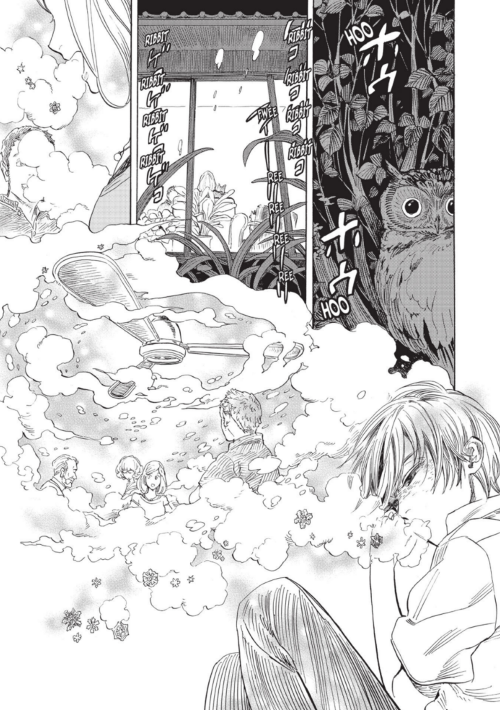So, a quick note re: diversity in comics not shifting units.
That's kind of true and also total bollocks. Because the brick-and-mortar approach that Diamond (the single, monopolistic distributor of DC and Marvel comics - Diamond have done some incredibly shady shit in the past) take when doing distribution, they have something of a refuse to show off digital sales. They also show tend to ignore collected issues when they talk about sales figures. The guy at Marvel that said "What we heard was that people didn’t want any more diversity. They didn’t want female characters out there. I don’t know that that’s really true, but that’s what we saw in sales" is someone that worked at Diamond and has a pretty vested interest in keeping the status quo as it is right now, especially given the context of being at a vendor led discussion panel.
For the last few decades, single issues have been the deciding metric for how well your comic is doing. The top 10 is dominated by the heavy hitters. Batman and The Avengers usually squabble over #1, Spider-Man, X-Men, Justice League and an Event Book filling in the rest of it. These figures only take into account single issues, though. (sidenote: expecting Squirrel Girl to do as well as X-Men is kind of bonkers, which is something that I've seen used as a metric: 'how many batmans did you do in a month') These figures are also pretty fuckin' unhelpful at the best of times, because they're based on how many copies a store ordered via Diamond. What leaves the comic book shop shelves isn't important in this discussion.
As soon as you start looking at collected issues you see very different buying habits.
Collected editions are dominated by Saga, The Wicked and the Divine, PaperGirls, and Monstress. Of the titles that do well in single issues, only Batman shows up in collected edition. The rest of that list is fucking jammed full with titles like this: Wonder Woman, Captain Phasma, Rat Queens, Harley Quinn, DC SuperHero Girls, Paper Girls, Thor. Ms Marvel reached the top of the New York Times best seller list. No one does that anymore.
It's almost like an environment setup and operated by nerd blokes for nerd blokes tends to be exclusionary to people that aren't nerd blokes, so they just order collected editions off amazon instead where they don't get called a fake geek girl or whatever the fuck. Despite the fact that there are just as many female comic book fans as male ones (based on comic con attendance figures and theater audiences), comics are still often seen as a male pursuit, and bricks-and-mortar comic book shops are often intimidating places for minority geeks. Geekdom is filled with stories of minorities being made to feel uncomfortable or unwelcome in a traditional comic book retailer. Comic book stores can also be confusing for newer fans - unlike bookstores and libraries, single issues aren't simply lined up on a shelf in alphabetical order, and finding what they want can be a daunting prospect for newbies. Even if someone is aware of the concept of a pull-list, finding the confidence to ask a surly store owner about setting one up can simply be too intimidating.
Single Issues are what keeps specialist retailers alive, and they're what keep Diamond going even though the vast majority of the industry is moving harder towards European style collected edition releases. Retailers are in a panic and Diamond are banging the drum to keep their monopoly alive and well. Last year, collected editions saw sales rise by about 15% even as single issues continued to die on their arse.
All of this (literally all of this) ignores digital sales. Comixology and Marvel Unlimited are fuckin' ignored in all of these conversations. Digital comic purchasing isn't taken into proper consideration when seeing how well something's sold in a month. The way people buy comics has changed, but the company that reports these figures hasn't and risks losing their mealticket if this change continues to happen.
